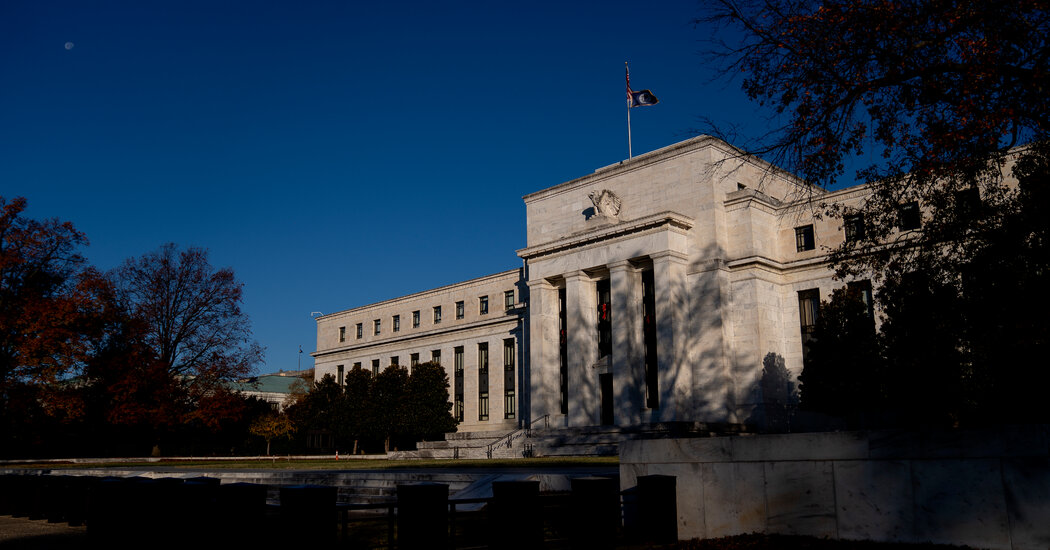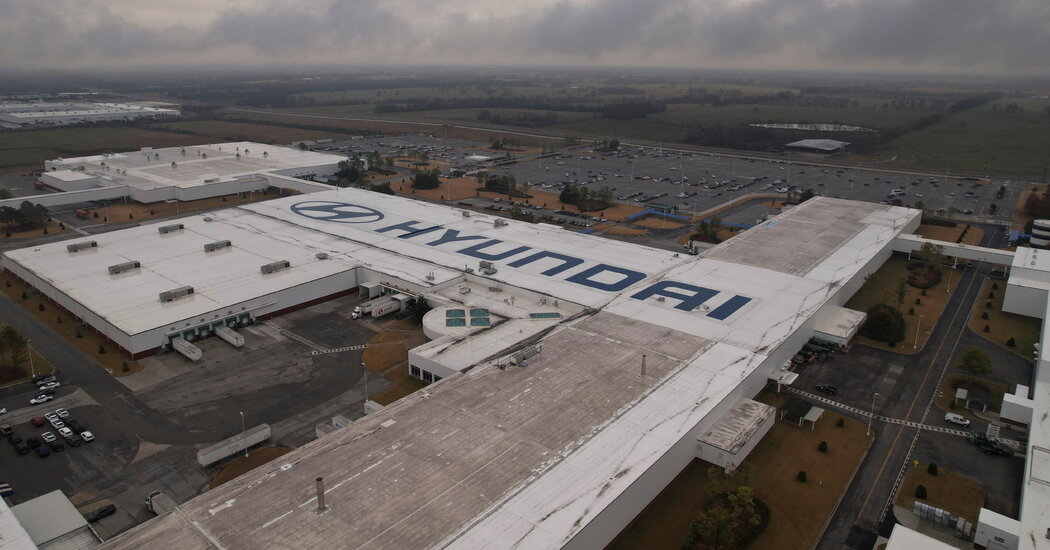
Federal Reserve officials are expected to keep interest rates unchanged at their meeting on Wednesday, giving themselves more time to assess whether borrowing costs are high enough to slow down the economy and control inflation. The focus will be on policymakers’ statements about the future, particularly whether they anticipate another interest rate increase before the end of the year or if they are moving closer to the next phase in their fight against rapid inflation.
The Fed has already raised interest rates to the highest level in 22 years, in an effort to slow down demand and prevent companies from charging higher prices without losing customers. Although inflation has started to decrease, key policymakers have recently shown less intent on making another rate hike.
Fed Chair Jerome H. Powell suggested earlier this year that another rate adjustment was likely, but more recently, he has stated that rates could go up if appropriate. At this week’s meeting, the Fed officials will release economic projections that will offer insight into whether they still anticipate a rate increase and how they interpret the current state of the economy, where consumer spending remains strong while inflation cools down slightly.
The revised forecasts, along with the Fed’s statement and Powell’s news conference, could provide a clearer signal of how close the central bank is to ending rate increases and what the next steps in dealing with inflation will be. Some economists believe that there is still a chance of another rate move, while others think that the current setting may be the peak interest rate.
Even if the Fed signals that interest rates have peaked, officials have made it clear that rates will likely remain elevated for some time to continue cooling the economy. The economic forecasts may offer hints about the next phase, but it is unlikely that officials will provide definitive information yet.
The Fed’s goal is to fully control inflation, and if stocks were to sharply increase in anticipation of the Fed-induced squeeze ending sooner, it could make borrowing cheaper and stimulate the economy. Economic growth has remained resilient despite high rates, driven by factors such as leftover household savings from the pandemic, a strong labor market, wage growth, and government policies promoting investment.
The recent slowdown in inflation is positive news, as it suggests that the Fed can cool price increases without severely impacting the economy. However, policymakers may be cautious about completely eliminating inflation in a robustly growing economy. It is possible that a more significant economic slowdown may be necessary to achieve the Fed’s 2% inflation target.
Given the prolonged strength of the economy, it is more likely that the next move for the Fed will be a rate increase rather than a rate decrease. Officials may still expect a period of slow growth in order to fully tackle inflation.
Focus keyword: Fed, inflation, interest rates, rate increase, economy
RELATED POSTS
View all


